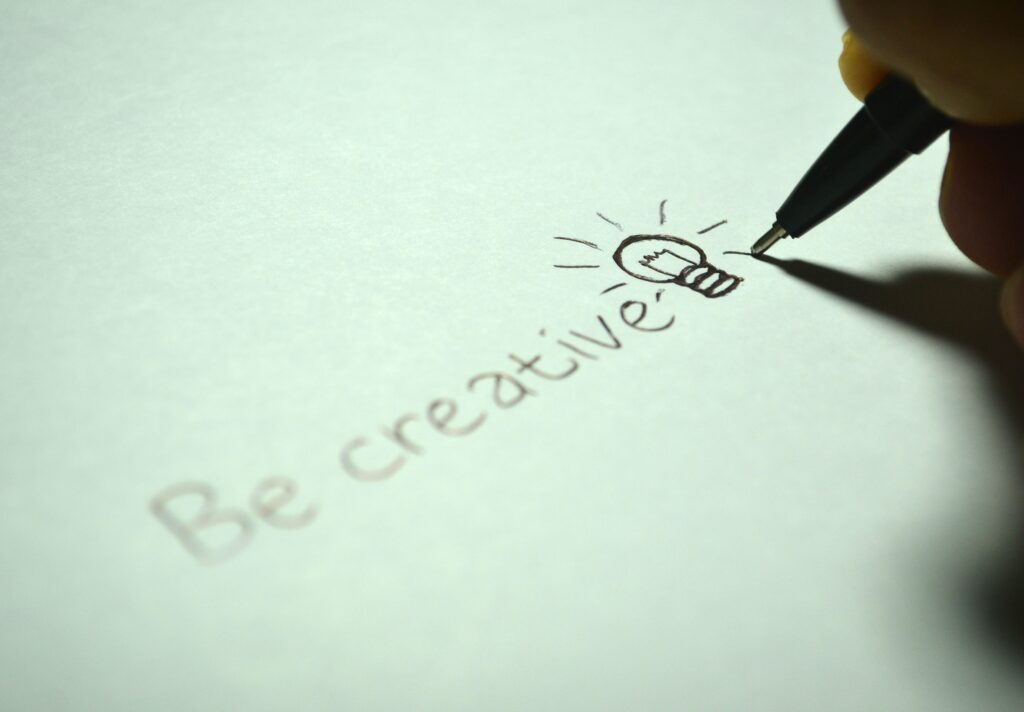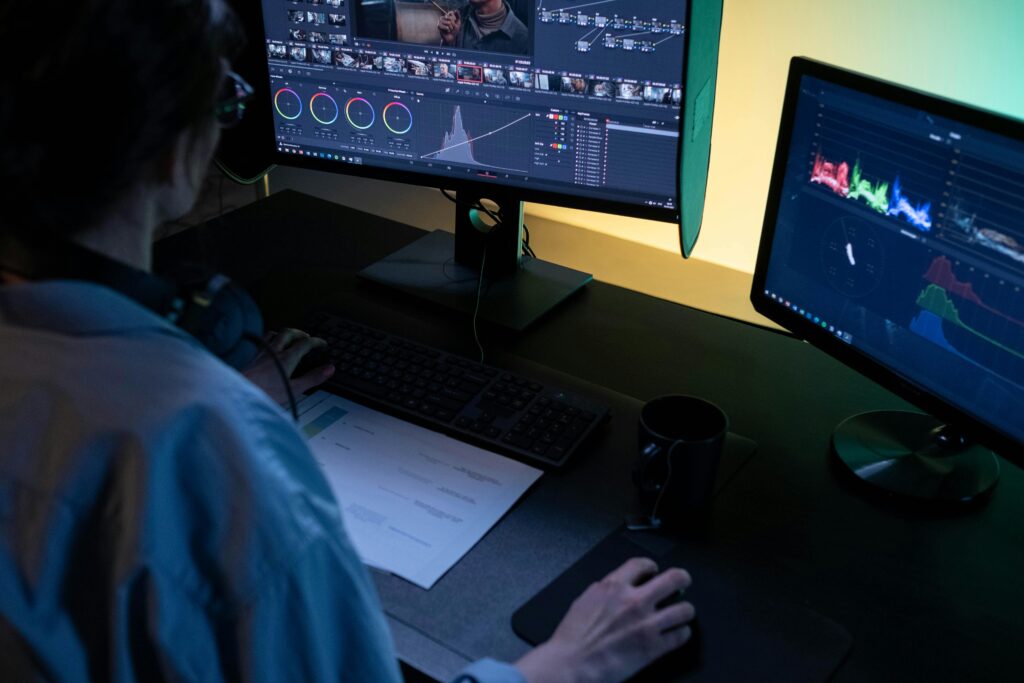Introduction
In the ever-evolving realm of filmmaking, aspiring directors often grapple with the challenge of attaining a cinematic look on a modest budget. The pursuit of this aesthetic, however, need not be hindered by financial constraints. We, at [Your Company Name], present to you a comprehensive guide to elevate your video editing skills and achieve a cinematic masterpiece without the need for expensive equipment.
1. Storyboard Mastery: The Foundation of Cinematic Vision
Embarking on your cinematic journey begins with a meticulous storyboard. This initial step allows you to crystallize your creative ideas on paper, providing a bird’s eye view of your vision. A well-structured storyboard not only keeps you on track during the editing process but also facilitates clear communication with your team. Numerous storyboard templates available online can aid you in materializing your creative concepts effectively.

2. Color Grading Expertise: Elevating Visual Aesthetics
To imbue your film with a captivating and stylized appearance, mastery of color grading is essential. During the editing phase, delve into the nuances of color grading to correct and enhance the color in every frame. Effective color grading transforms your footage, making it visually compelling and drawing viewers into the narrative. Remember, impeccable color grading can compensate for deficiencies in lighting, making it a pivotal aspect of achieving the cinematic look.
3. Harnessing Slow Motion: Crafting Cinematic Sequences
Unlock the full potential of your camera by incorporating slow-motion captures into your filmmaking arsenal. Shooting at 60 frames per second (FPS) provides the foundation for creating seamless slow-motion shots during the editing process at 24 FPS. Though mastering this technique requires practice, the cinematic allure it imparts to your footage is unparalleled.
4. Embrace Dollying, Discard Zooming: Naturalistic Composition
Contrary to common practice, resist the urge to rely on your camera’s zoom function for capturing pivotal shots. Contemporary films often eschew excessive zooming, opting for the more organic technique of dollying. This method involves moving the camera physically closer to the subject, resulting in a more authentic and cinematic composition.
5. Illuminating Insights on Lighting: A Cinematographer’s Secret Weapon
Lighting serves as the linchpin of cinematic success. Regardless of the medium, poor lighting compromises the quality of your visuals. While film is forgiving, meticulous attention to lighting angles and details is crucial. Achieving a professional appearance is not contingent on extravagant lighting expenditures; instead, it hinges on a meticulous understanding of how lighting nuances can make or break a shot.
6. Mastering the Art of 24 FPS: Cinematic Standard
Optimal frame rates play a pivotal role in cinematic editing. While slow-motion shots benefit from a higher frame rate, maintaining a standard 24 frames per second (FPS) for regular shots imparts a timeless cinematic quality. This frame rate, entrenched in filmmaking tradition, strikes the perfect balance between cinematic allure and realism.
7. Crafting the Cinematic Crop: A Visual Refinement
As you delve into the editing process, embrace the simplicity of a cinematic crop. Transitioning from the standard 16:9 aspect ratio to the cinematic 2.39:1 ratio enhances the visual appeal of your film. If necessary, judiciously crop edges to achieve this widescreen format, elevating your film’s cinematic presence.
8. Warp Stabilizer Wizardry: Seamless Footage Enhancement
Addressing the challenges posed by handheld cameras, the Warp Stabilizer emerges as a transformative tool during the editing phase. This feature rectifies shaky or jerky footage, delivering stability and a natural flow to your shots. Its versatility extends to additional motion adjustments, ensuring a visually pleasing and polished end result.
In Conclusion: As you embark on your filmmaking odyssey, consider integrating these cost-effective strategies into your editing toolkit. At [Your Company Name], we advocate for the relentless pursuit of cinematic excellence, demonstrating that with the right techniques, even modest budgets can yield extraordinary results. Elevate your filmmaking endeavors, and witness the transformative power of cinematic editing.

